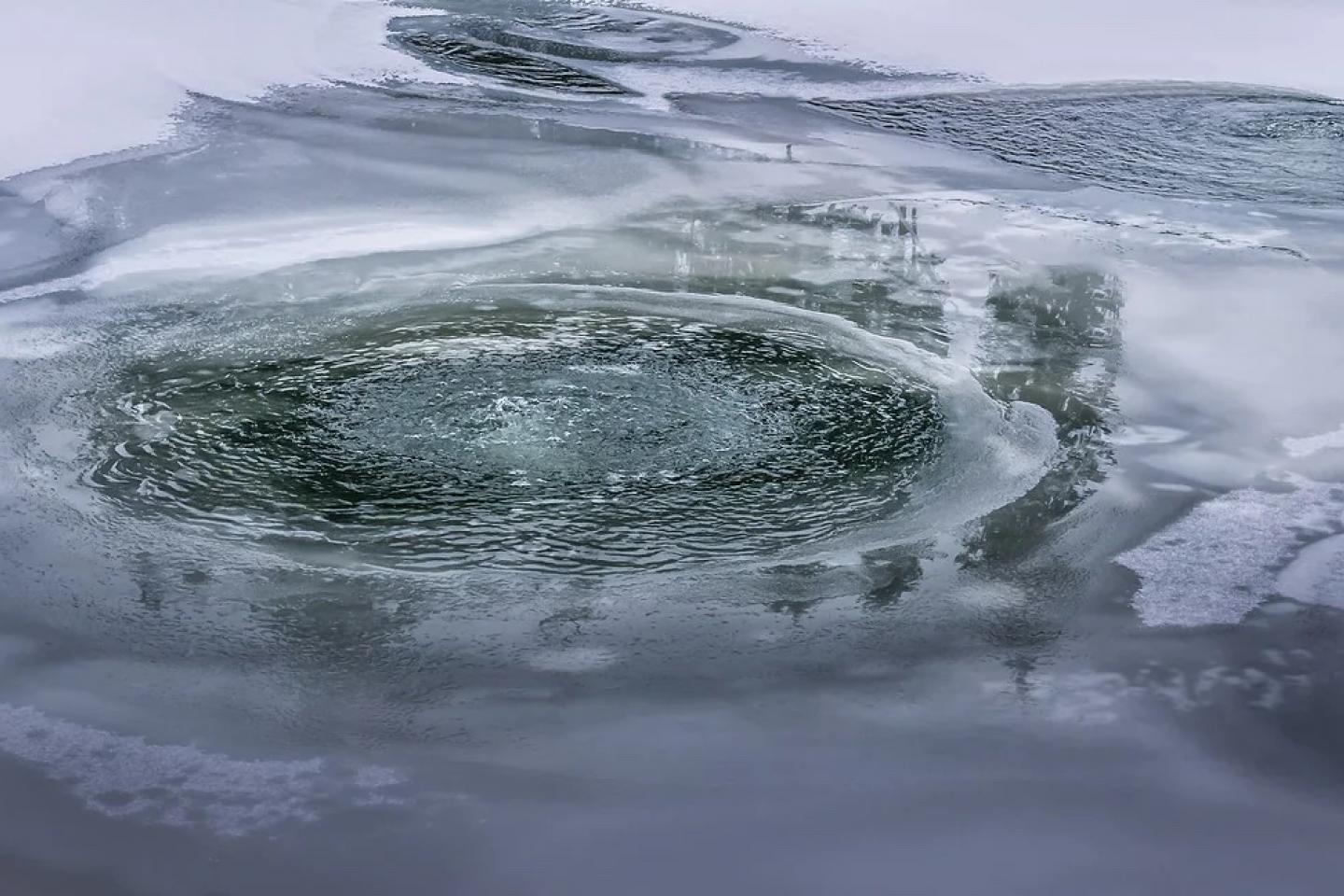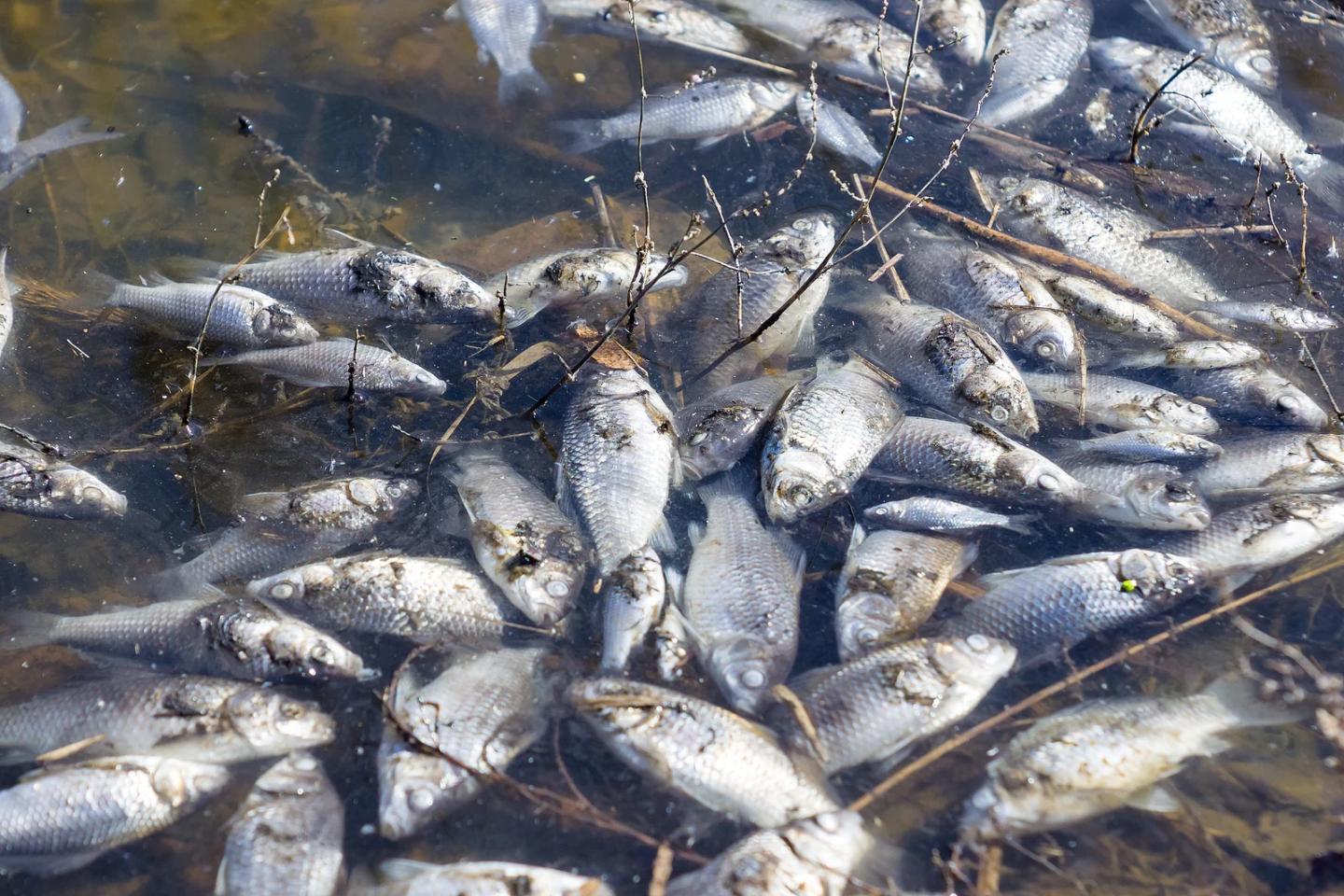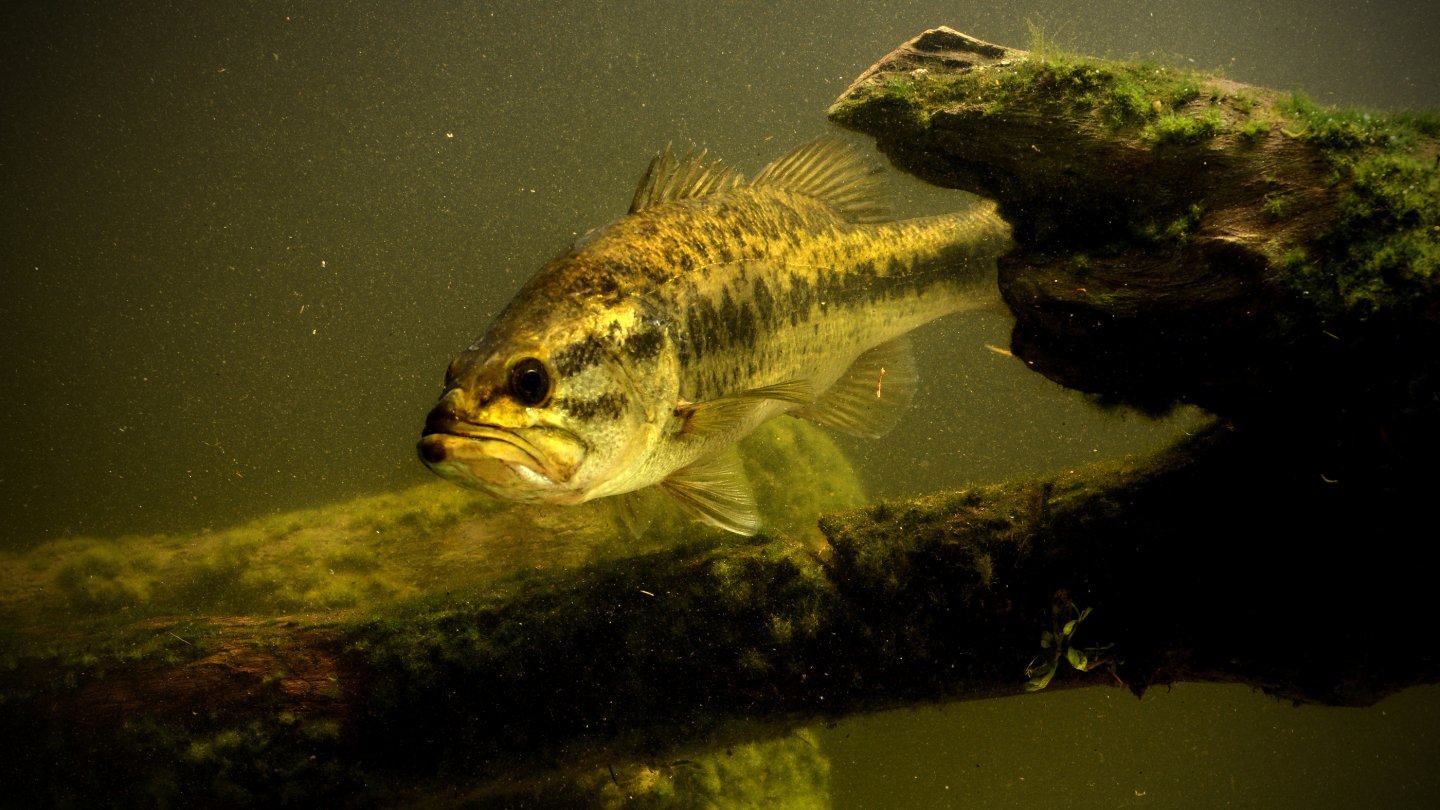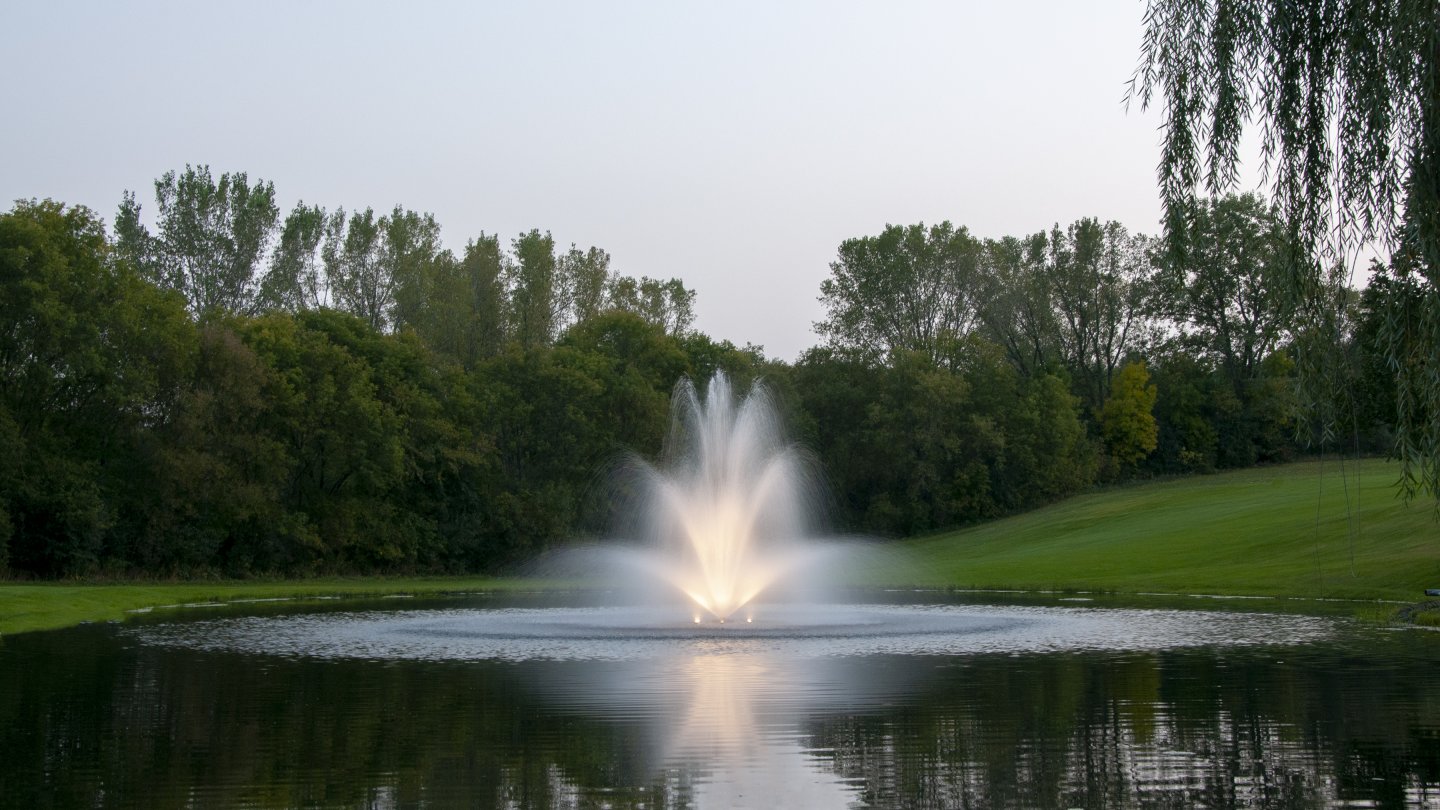
During the winter months, open water and circulation from winter winds promote relatively high and stable oxygen levels. Oxygen dissolves more readily in cold water. It is worth noting the pond simply requires less oxygen in the winter, because metabolic activity of fish, bacteria and aquatic plants is reduced in cold water.
Unfortunately, when ice forms on the pond surface, neither wind nor the atmosphere can provide oxygen to the pond. If the ice is thin and clear, phytoplankton and algae can continue to photosynthesize and supply oxygen to the pond to help compensate for the ongoing demand of oxygen. However, photosynthesis is diminished with thick layers of opaque ice and snow. As a result, oxygen levels in the pond decrease slowly, but steadily, as the demand for oxygen exceeds what is being produced. Dissolved oxygen can reach critically low levels in late winter after several weeks of thick ice and snow coverage.


Shallow ponds are more likely to be affected by winter kill, because they have less water volume, but many factors play a role in the likelihood of an oxygen related winter fish kill including winter severity, fish biomass and the amount of decaying organic material in the pond. Leaves, dead aquatic weeds, uneaten fish food, and fish waste all contribute to the layer of accumulated organic material on the pond bottom. Hydrogen sulfide, methane, ammonia, carbon dioxide and other swamp gases are produced by anaerobic bacteria that thrive on the pond bottom and consume decaying organic material in the absence of oxygen. The buildup of these swamp gases can be poisonous to fish.
How to Mitigate Winterkill
Maintaining a small area of open water facilitates oxygen transfer at the pond surface and reduces the likelihood of winter fish kills. A diffused aeration system circulates warmer water from the pond bottom to the surface to keep a portion of the pond open. This circulation vents off swamp gases and introduces oxygen to the pond bottom. In northern climates, diffused aeration systems should be run intermittently in the winter when ice is forming. Alternatively, the diffusers can be moved into shallow water if you wish to run the system continuously throughout the winter.
Questions? Call our team today to discuss diffused aeration systems: 800.662.3474.



